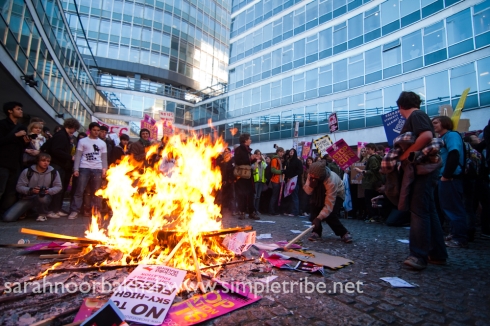Blackberry smartphones may be the phone of choice for many journalists, largely due to their emailing functionality, but they fail to garner much recognition for the mobile app capabilities. The iphone, on the other hand, is renowned for the ease with which users can download and use applications.
Blackberry models can be more clunky (think the popular Bold and Curve models) and most lack the touch-screen capabilities of the iPhone (barring the less popular, but growing, Torch and Storm models) so many feel the iPhone lends itself to app use more

Blackberry Curve
readily.
But the Blackberry App World is a treasure trove, where many of the apps are free.
Here, we look at 5 apps that Blackberry-wielding journalists shouldn’t do without.
(1) Vlingo
The app is a voice recognition programme that ‘turns your voice into actions’. You can send messages, open applications, search the web and update your Twitter and Facebook status using the app, but its greatest feature doesn’t use voice recognition at all.
Using the programme’s SafeReader software, you can choose to have your emails or text messages read out loud by your Blackberry. As journalists we obviously rely on the Blackberry email service but in certain circumstances reading them is either a nuisance or unsafe. While driving, for example, the function can be particularly useful. Or, if bashing out a word article 1000 in your office due in two hours time, you can still keep an ear to your communications without needing to be distracted by a screen. Continue reading →
Tags: 5 apps, apps, BeReader, blackberry, Dictionary, Evernote, journalism, journalists, mobile journalism, top 5, twitter, Vlingo







